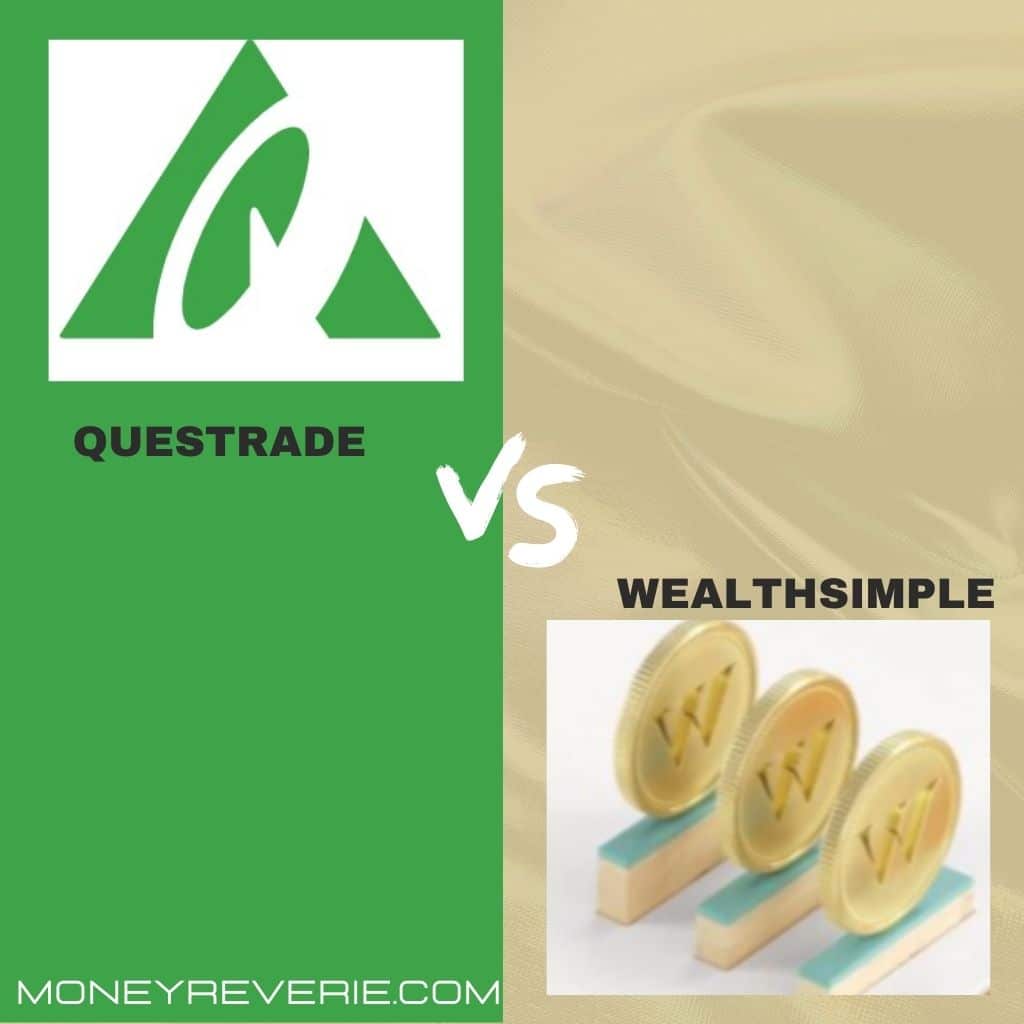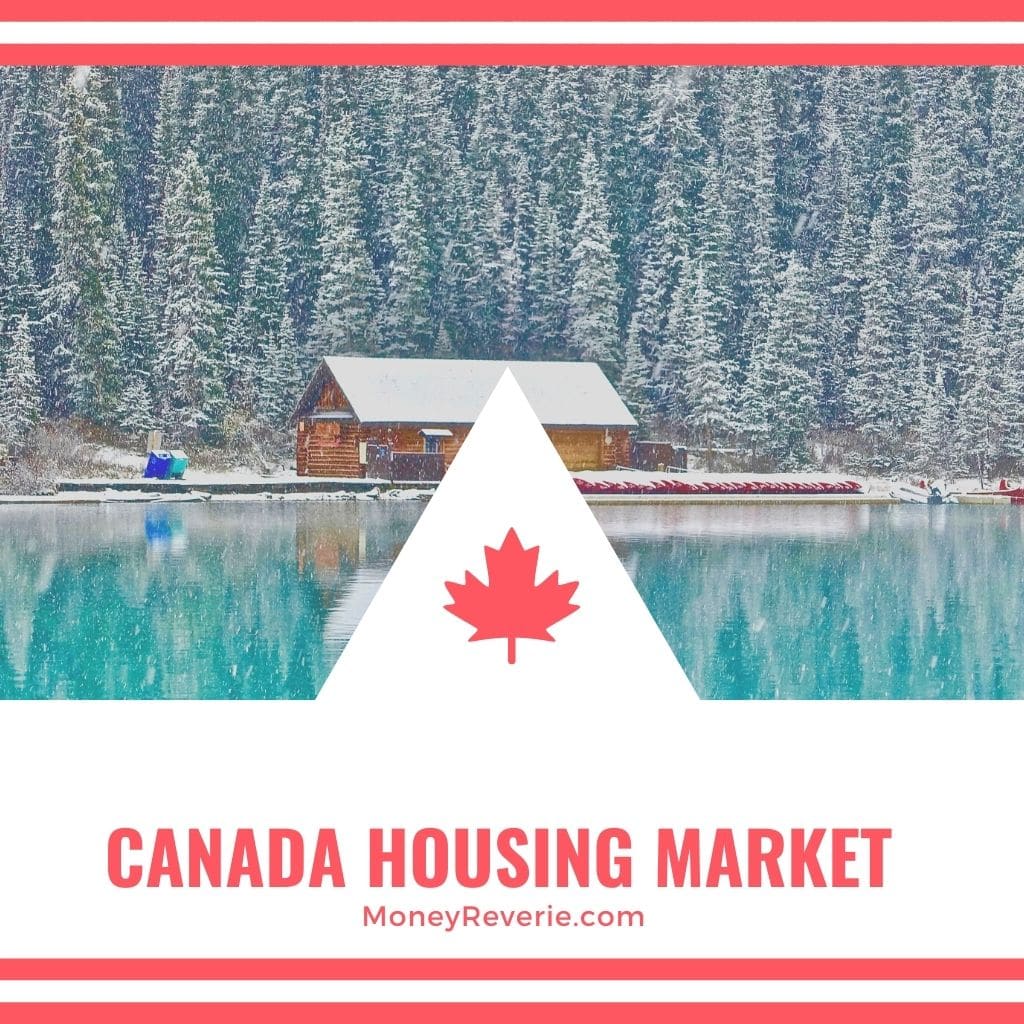Residents of Canada have to pay a certain percentage called sales tax when they purchase goods and services. This is known as Value Added Tax (VAT) in most countries. In Canada, sales tax comes in different formats.
However, the general sales tax controlled by the government of Canada is known as the Goods and Services Tax (GST). Some provinces levy their own sales tax, while others combine their sales tax with the federal sales tax.
This article will discuss all you need to know about Sales Tax Canada, the different types, the sales tax charged in the different provinces, how to calculate sales tax, and many more.
Read on to learn more.
Overview of Sales Tax in Canada
Sales Tax is a tax levied by the government of Canada on goods and services purchased within Canadian provinces. The tax is added to the cost of the goods and services and charged at the point of sale.
Sales Tax was first introduced to Canada as Manufacturers’ Sales Tax (MST) before it was changed to GST in 1991. The GST rate, which was initially 7%, decreased to 5% in 2006.
On inception, only the federal sales tax (GST) existed in Canada. However, in 1996, several provinces adopted HST, combining GST and PST into a single sales tax.
Types of Sales Tax in Canada
There are different sales taxes in Canada. There are sales taxes regulated by the federal government and sales taxes regulated by the different provincial governments.
Let’s look at the different types of Sales Tax in Canada.
1. Goods and Services Tax (GST)
The GST is a sales tax charged by the federal government of Canada on most goods and services purchased within Canada. Introduced in 1991, it is currently calculated at the rate of 5%.
Provinces and territories like Alberta, the Northwest Territories, Yukon, and Nunavut, only charge GST, with no additional sales tax.
2. Provincial Sales Tax (PST)
PST is a sales tax specific to a province. It is collected separately from the federal sales tax (GST) in every province where it is applicable.
British Columbia and Saskatchewan use this sales tax and simply call it PST. However, the provincial sales tax is known as Retail Sales Tax (RST) in Manitoba and Quebec Sales Tax (QST) in Quebec.
3. Harmonized Sales Tax (HST)
HST is a sales tax that combines a federal tax (GST) and a provincial tax. It is used in several Canadian provinces: New Brunswick, Newfoundland and Labrador, Ontario, Nova Scotia, and Prince Edward Island.
If you are doing any form of business in these provinces, you only need to charge one type of sales tax.
In Canada, HST ranges from the rate of 13% in Ontario to 15% in Nova Scotia, New Brunswick, Newfoundland and Labrador, and Prince Edward Island.
4. Quebec Sales Tax (QST)
The QST is levied by Revenu Quebec and charged at a rate of 9.975%. The QST operates similarly to GST/HST and has the same rules as the GST/HST.
However, QST is governed by separate legislation. Non-resident businesses can only register for QST if they are carrying on business in Quebec.
Sales Tax by Provinces and Territories in Canada
Based on the three types of sales tax mentioned above, here is an overview of the sales tax rates for each province and territory in Canada. Use this table to get an understanding of the sales tax amounts province by province.
Province/Territory | GST (%) | PST (%) | HST (%) |
Alberta | 5 | 0 | 5 |
Northwest Territories | 5 | 0 | 5 |
Nunavut | 5 | 0 | 5 |
Yukon | 5 | 0 | 5 |
Saskatchewan | 5 | 6 | 11 |
British Columbia | 5 | 7 | 12 |
Manitoba | 5 | 7 | 12 |
Ontario | 5 | 8 | 13 |
Quebec | 5 | 9.975 | 14.975 |
New Brunswick | 5 | 10 | 15 |
Newfoundland and Labrador | 5 | 10 | 15 |
Nova Scotia | 5 | 10 | 15 |
Prince Edward Island | 5 | 10 | 15 |
How Does Place of Supply Affect Sales Taxes?
The sales tax rate charged when you make sales across provinces depends on the place of supply. While some zero-rated goods like groceries are taxable at 0% for GST and HST across every province and territory, other goods and services are taxed based on the province or territory of supply.
For example, Jane has a store in Vancouver, B.C., selling home accessories. If Jane delivers a mattress to Caroline in Toronto, Ontario, Jane has to charge 13% HST on the sale because the place of supply for that transaction is Ontario.
Suppose the sale is made online by a retailer with a physical presence in one province and sells to a consumer in another province. In that case, the seller must charge the GST/HST at a rate based on the province or territory where the purchaser is located.
For example, if Justin, based in Ontario, sells taxable clothes to Jake in Nova Scotia, Justin must collect HST at 15%.
How to Calculate Sales Tax
If you are doing any business in Canada, it is important that you know how to calculate the GST/HST.
Once you know your place of supply and the type of supply, you can easily use the GST/HST sales tax calculator to calculate the sales tax rate to charge on that transaction.
Suppose PST is charged in the place of supply; you must calculate the GST on the price without the PST.
Zero-Rated Supplies
Some goods and services are zero-rated under the sales tax Canada. This means that GST/HST applies to these goods and services at the rate of 0%. However, you may be eligible to claim ITCs on the GST/HST paid or payable on the property used to provide these supplies.
Some of these zero-rated supplies include the following:
- Basic groceries and fresh foods, like milk, meat, vegetables, eggs, fish, and fruits
- Most farm livestock, like cattle, sheep, goats, pigs, and poultry
- Feminine hygiene products
- Prescription drugs
- Medical devices, including hearing aid, artificial teeth, wheelchairs, eyeglasses, etc.
- Banking services
- Most medical and dental services
Exempted Supplies
Some goods and services are exempt from the GST/HST charge, and no tax applies to them. Therefore, you don’t charge any GST/HST on these goods and cannot claim ITCs on the property or services used to provide these supplies.
Also, if your business provides only exempt supplies, you cannot register for the GST/HST in Canada.
Some examples of exempt supplies include the following:
- A sale of housing that an individual last used as a place of residence
- Legal aid services
- Long-term rentals of residential accommodation (of one month or more) and residential condominium fees
- Most domestic ferry services
- Most health, medical, and dental services performed by licensed physicians or dentists for medical reasons
- Child care services
- many educational services
> See the full list of Zero-rated and Exempted supplies
GST New Housing Rebate
Sales tax collected on new or renovated housing that was previously used as a primary residence may be subject to a portion of the charged GST and PST rebated.
New houses in Canada valued at $450,000 may be eligible for a 36% rebate on GST charged up to a maximum of $6,300.
PST rebate programs on new housing are currently offered in Ontario, Nova Scotia, B.C., Saskatchewan, and Quebec (for QST).
However, there are terms and conditions that apply to this housing rebate. The terms and conditions vary by province.
Final Thoughts on Sales Tax in Canada
Understanding the nuances of the Canadian tax system will help you to make informed decisions that positively impact your bottom line.
Whether you’re a small business owner or an individual consumer, being proactive in managing your tax responsibilities ensures a smoother financial journey.
As the Canadian tax landscape continues to evolve, staying informed and seeking professional advice when needed will empower you to make strategic financial choices.









